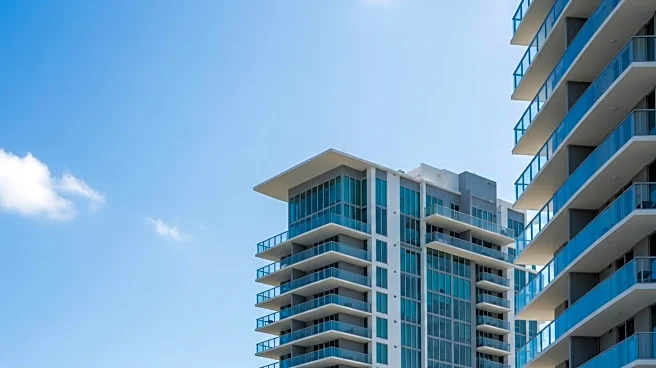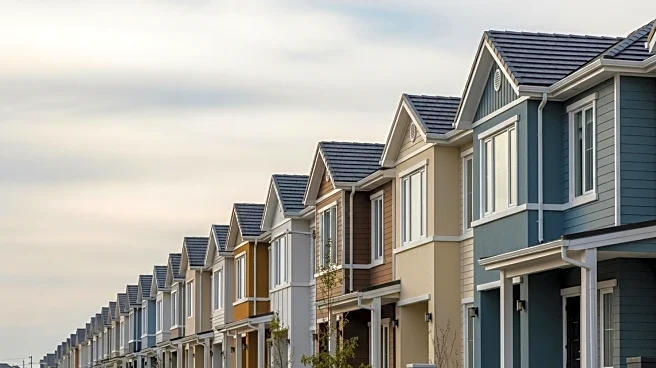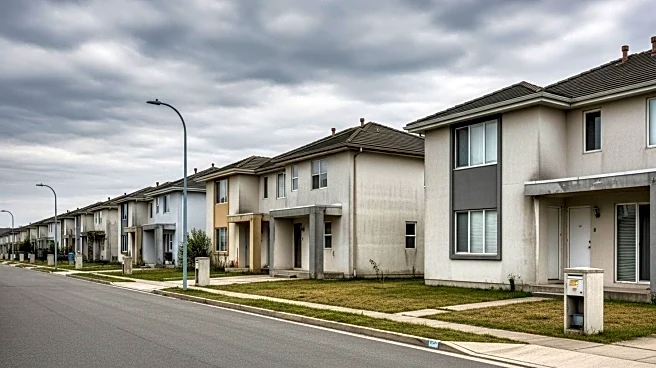What's Happening?
According to the latest Zumper National Rent Report, Miami is the sixth-most expensive city in the U.S. for renting a one-bedroom apartment, with a median price of $2,540. Despite high rental costs, the market is showing signs of cooling, with one-bedroom prices declining by 2% last month and nearly 10% since last year. The report indicates a broader trend of flat or declining rent prices across the nation, attributed to cautious renter demand, ample inventory, and a slowing labor market. Other Florida cities like Fort Lauderdale and Tampa also feature in the rankings, with varying changes in rental prices.
Why It's Important?
The cooling rental market in Miami and other U.S. cities reflects broader economic trends, including shifts in renter demand and housing inventory. This development may offer relief to renters facing affordability challenges, potentially influencing migration patterns and housing policies. The decline in rental prices could impact real estate investments and the construction industry, as developers adjust to changing market conditions. Additionally, the rental market's recalibration may affect local economies, influencing consumer spending and business growth in high-cost areas.
What's Next?
As rental prices continue to cool, stakeholders such as landlords, real estate developers, and policymakers may need to adapt to the evolving market dynamics. Landlords might offer incentives to attract tenants, while developers could reassess project viability in high-cost areas. Policymakers may focus on affordable housing initiatives to address long-term affordability challenges. The rental market's trajectory will likely depend on economic factors such as employment rates, inflation, and housing supply, shaping future housing policies and urban development strategies.
Beyond the Headlines
The cooling rental market raises questions about housing equity and access, particularly for low-income renters. As prices decline, there may be opportunities to address affordability gaps and improve housing accessibility. This trend could also influence cultural and social dynamics, as diverse populations seek affordable living options in urban areas. Additionally, environmental considerations may emerge, as cities explore sustainable housing solutions to accommodate growing populations while minimizing ecological impact.












